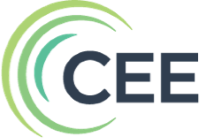|
Economic Resources by Topic |
Designed specifically for high school teachers, you will find lesson plans, videos and interactive activities on specific economic concepts. Are you looking for lessons on a specific topic? Please contact Mary Metzler, mmetzler@towson.edu. |
AP Economics
From the St. Louis Fed, these entrance and exit tickets align with the AP Microeconomics and Macroeconomics curriculum. Download the PDF that includes handouts for students as well as teacher resources. Also provided is a spreadsheet for students to use to track their progress. |
The Federal Reserve |
In this three minute video from MRU, students will be provided with an introduction to the functions of Federal Reserve. |
Monetary Policy
|
In this economic lesson from the Council on Economic Education, students will analyze graphs to learn the parts of the business cycle. Included in the lesson: PowerPoint presentation, group and individual activities, Kahoot assessment. |

